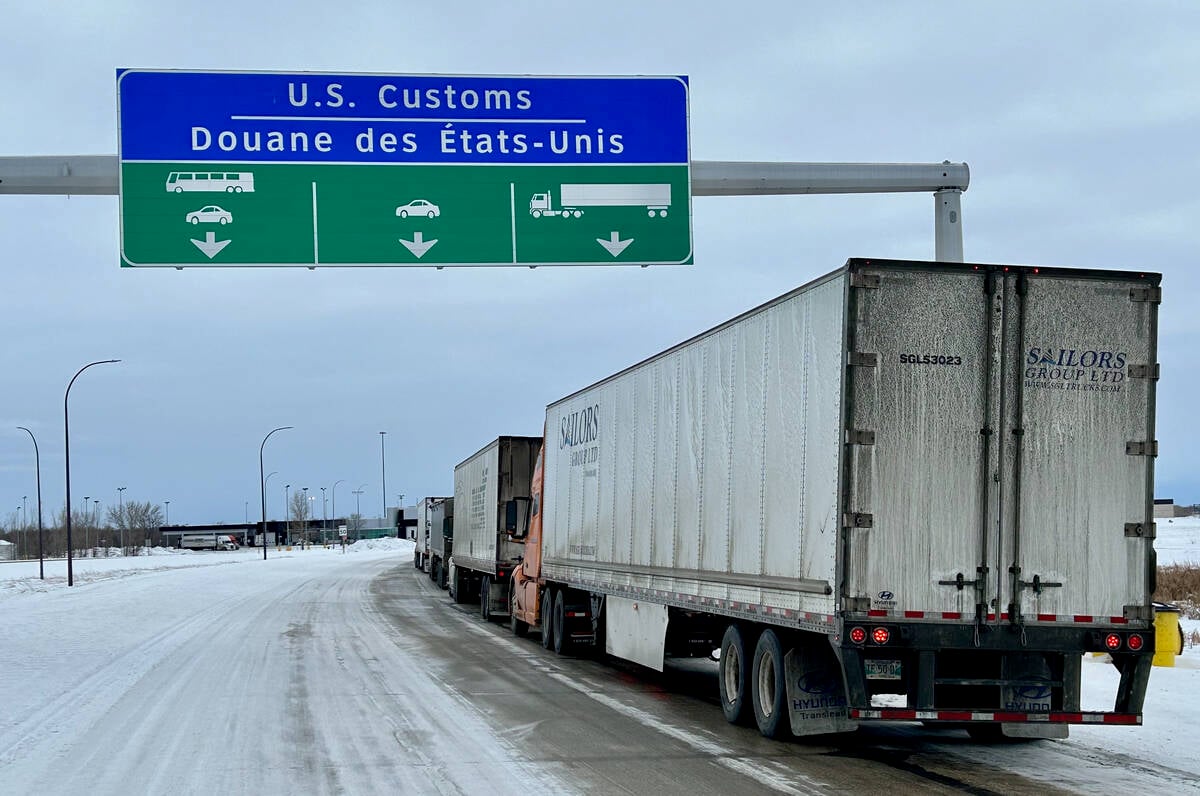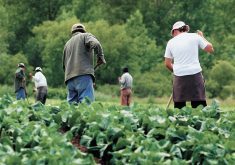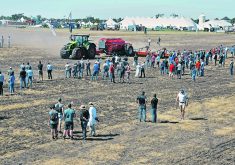Canada’s food industries faced production and demand shocks in the first six months of COVID, but most managed well
Despite much fear and near-panic, Canada’s food system survived the pandemic shock remarkably well, says a University of Guelph expert.
While numerous small and evolutionary changes may come to the food industry in the wake of COVID-19, Michael von Massow doubts there will be a revolution.
“Is the status quo really that bad?” pondered von Massow during a presentation at Canada’s Outdoor Farm Show.
“The system bent but it didn’t break. We did a really good job of delivering.”
Von Massow said Canada’s food industries faced both production and demand shocks during the first six months of the pandemic, but most managed well.
Read Also

U.S. bill could keep out Canadian truckers
The Protecting America’s Roads Act, which was tabled in the U.S. House of Representatives at the beginning of October, would “rid the country of illegal immigrant commercial truck drivers and ineligible foreign nationals.”
Flour supplies became sparse or non-existent when some grocers saw demand shoot up 100 percent in the spring, but there’s no shortage of flour today. Rice sales skyrocketed 300 percent.
“That’s stockpiling,” said von Massow.
Once people’s pantries were full that hoarding behaviour abated.
All sorts of desperately grabbed grocery products fell temporarily short, but the grocery industry handled the sudden surge in buying and kept calm.
“The shortages were demand-based and then things sorted out.”
Von Massow, like observers of other sectors of the economy, emphasized that dramatic changes during the pandemic shock were mostly just accelerations of pre-existing trends, not new directions for the food industry.
Those include:
- Scarcity of labour — Farmers and processors were already having trouble finding Canadian workers, and relying on foreign temporary workers was a challenge. That problem got worse, but was not new.
- Local food — Skepticism about the impacts of complex food value chains created an interest in locally produced food.
- Consumers switching their shopping from in-person to online — Pre-pandemic consumers were doing about two percent of their grocery shopping online, which surged to near 10 percent, but the trend has been developing for years.
Certain vulnerabilities were revealed that aren’t easy to fix. Again, most of those were already recognized before the crisis.
“Just-in-time” delivery of products, which relies upon well-operating global value chains, often failed when borders closed, systems seized up and new safety controls were imposed.
That’s not easy to fix post-pandemic if the goal is to keep food plentiful and affordable.
“Should we build more resiliency into the system? Then we’ll build more cost into the system. Then we accentuate food insecurity,” said von Massow.
Food insecurity is likely to increase in Canada simply due to the mass unemployment that has been caused by the pandemic recession, so anything that increases the cost of food would be a problem.
“Let’s not throw the baby out with the bath water.”
Will locally grown, processed and distributed food replace imported food?
“I think we need to be a little bit careful” about that, he said, noting Canada’s long winters, limited crop production options and reliance upon the global market both to export its own production and access desired foods.
“If everyone went all-local, that would hurt us,” said von Massow.
Heavy concentration in meat processing was a highly visible problem early in the pandemic, something which might lead to smaller plants increasing their capacities in order to supply the domestic markets. However, costs have to be competitive or they won’t survive.
Canadians might see the most change in the restaurant industry, von Massow said. Many, or most, restaurants could permanently close. Post-pandemic restaurants and takeouts could look very different. People might end up going out less and paying more.
“Inevitably, prices are going to go up, which means we are going to be going out less often,” said von Massow.


















